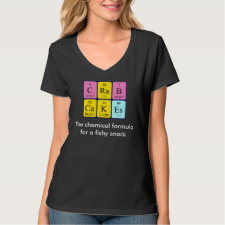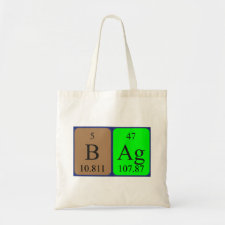
Authors: Gun'ko VM, Savina IN, Mikhalovsky SV
Article Title: Cryogels: Morphological, structural and adsorption characterisation.
Publication date: 2013
Journal: Advances in Colloid and Interface Science
Volume: 187-188
Page numbers: 1-46.
DOI: 10.1016/j.cis.2012.11.001
Alternative URL: http://www.sciencedirect.com/science/article/pii/S000186861200142X
Abstract: Experimental results on polymer, protein, and composite cryogels and data treatment methods used for morphological, textural, structural, adsorption and diffusion characterisation of the materials are analysed and compared. Treatment of microscopic images with specific software gives quantitative structural information on both native cryogels and freeze-dried materials that is useful to analyse the drying effects on their structure. A combination of cryoporometry, relaxometry, thermoporometry, small angle X-ray scattering (SAXS), equilibrium and kinetic adsorption of low and high-molecular weight compounds, diffusion breakthrough of macromolecules within macroporous cryogel membranes, studying interactions of cells with cryogels provides a consistent and comprehensive picture of textural, structural and adsorption properties of a variety of cryogels. This analysis allows us to establish certain regularities in the cryogel properties related to narrow (diameter 0.4 < d < 2 nm), middle (2 < d < 50 nm) and broad (50 < d < 100 nm) nanopores, micropores (100 nm < d < 100 ++m) and macropores (d > 100 ++m) with boundary sizes within modified life science pore classification. Particular attention is paid to water bound in cryogels in native superhydrated or freeze-dried states. At least, five states of water GÇö free unbound, weakly bound (changes in the Gibbs free energy GêÆ +öG < 0.5GÇô0.8 kJ/mol) and strongly bound (GêÆ +öG > 0.8 kJ/mol), and weakly associated (chemical shift of the proton resonance +¦H = 1GÇô2 ppm) and strongly associated (+¦H = 3GÇô6 ppm) waters can be distinguished in hydrated cryogels using 1H NMR, DSC, TSDC, TG and other methods. Different software for image treatment or developed to analyse the data obtained with the adsorption, diffusion, SAXS, cryoporometry and thermoporometry methods and based on regularisation algorithms is analysed and used for the quantitative morphological, structural and adsorption characterisation of individual and composite cryogels, including polymers filled with solid nano- or microparticles
Template and target information: Review - cryogels
Author keywords: Cryogel, Structural characteristics, Microscopic image treatment, Cryoporometry, Thermoporometry, adsorption, diffusion, Interfacial phenomena



Join the Society for Molecular Imprinting

New items RSS feed
Sign-up for e-mail updates:
Choose between receiving an occasional newsletter or more frequent e-mail alerts.
Click here to go to the sign-up page.
Is your name elemental or peptidic? Enter your name and find out by clicking either of the buttons below!
Other products you may like:
 MIPdatabase
MIPdatabase









